Xiaomi Mi 8 Pro review: a confident debut in the UK for Xiaomi
Top-level specs and a winning camera for not much money
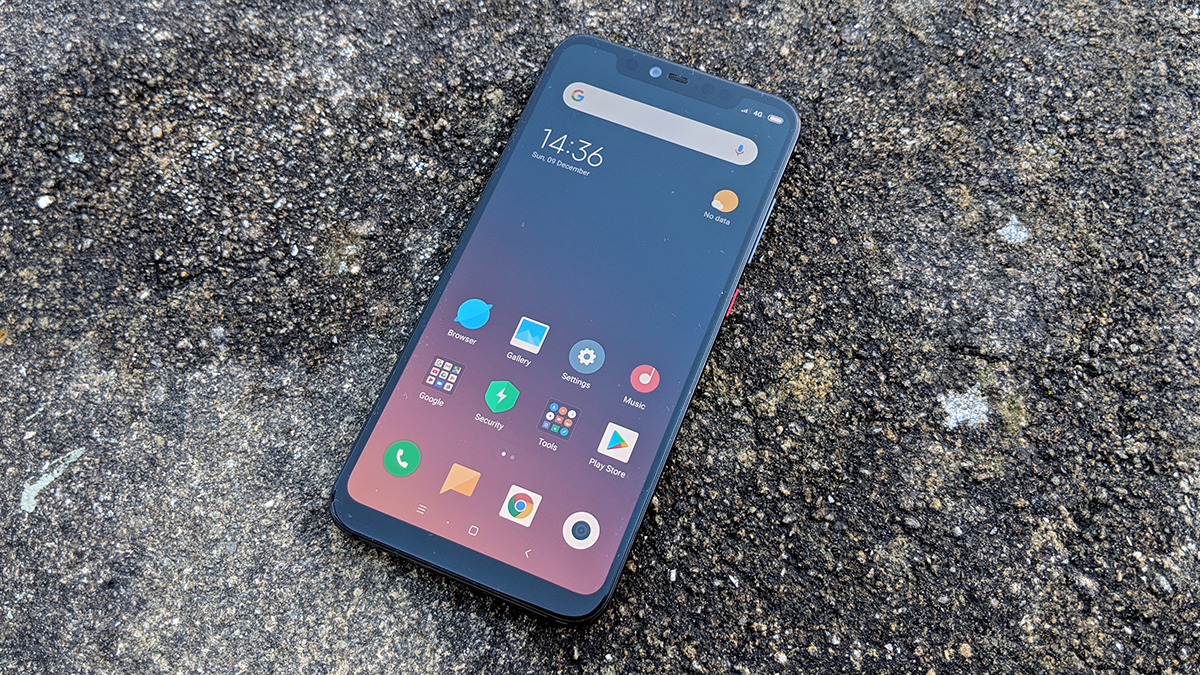
Xiaomi makes its bow in the UK with the Mi 8 Pro and we came away impressed. This is a phone that's got a lot going for it in terms of performance and camera quality, though other aspects of the phone are more satisfactory rather than sensational. The price is enough to tempt anyone looking for flagship specs at a mid-range price, however.
-
+
Top-notch performance
-
+
Very decent camera
-
+
Solid design and build quality
-
-
No wireless charging
-
-
No waterproofing
-
-
Hit-and-miss software
Why you can trust T3

Xiaomi Mi 8 Pro - Key specs
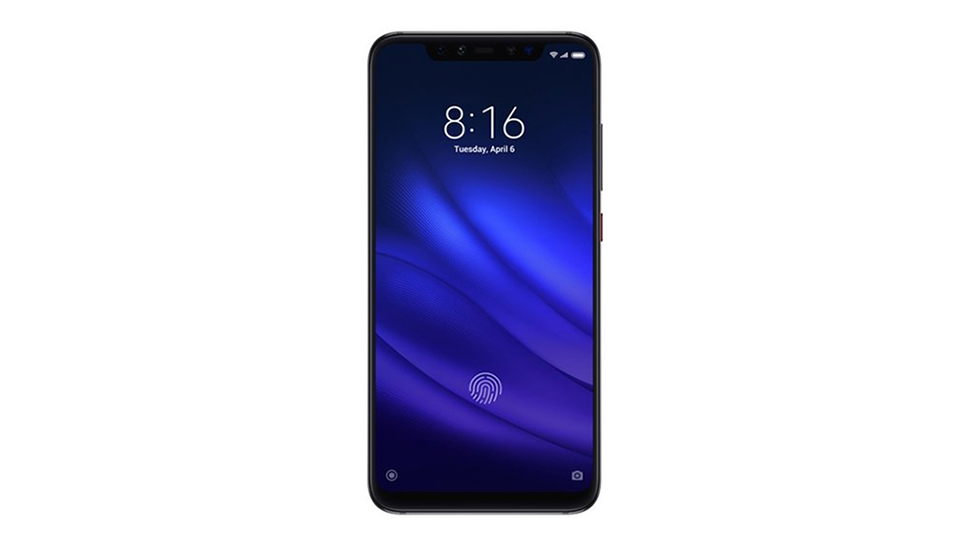
Dimensions: 154.9 x 74.8 x 7.6 mm
Weight: 177 g
Screen: 6.21-inch, 18.7:9, 402 ppi (1,080 x 2,248)
CPU: Snapdragon 845
RAM: 6GB or 8GB
Storage: 128GB
Battery: 3,000mAh
Cameras: 12MP+12MP rear / 20MP front
OS: Android 8.1 Oreo
The Xiaomi phones are coming: the Chinese giant now has its sights set squarely on Europe and the UK, so even if you haven't heard the name before, you're going to be hearing it a lot in the future. The Mi 8 Pro is one of the first phones that Xiaomi is selling direct in the UK.
Though the brand might be new to you, Xiaomi isn't a beginner in the field – it has a wealth of experience in terms of building and releasing smartphones. The designs might be derivative, but the specs are good, and the build quality is decent too, so these aren't just cheap copies of the hardware made by the likes of Apple and Samsung.
You can think of Xiaomi phones in general and the Mi 8 Pro in particular as competitors in the mid-to-high-range Android market – right up against the likes of the OnePlus 6T. You don't get quite the level of polish and performance as you do with the very best phones on the market, but then you don't have to pay quite as much money either.
And so to the Xiaomi Mi 8 Pro in particular – does it stand a chance in a crowded market? Here's everything you need to know about the phone and what we thought about it.
Xiaomi Mi 8 Pro review: price, models, and availability
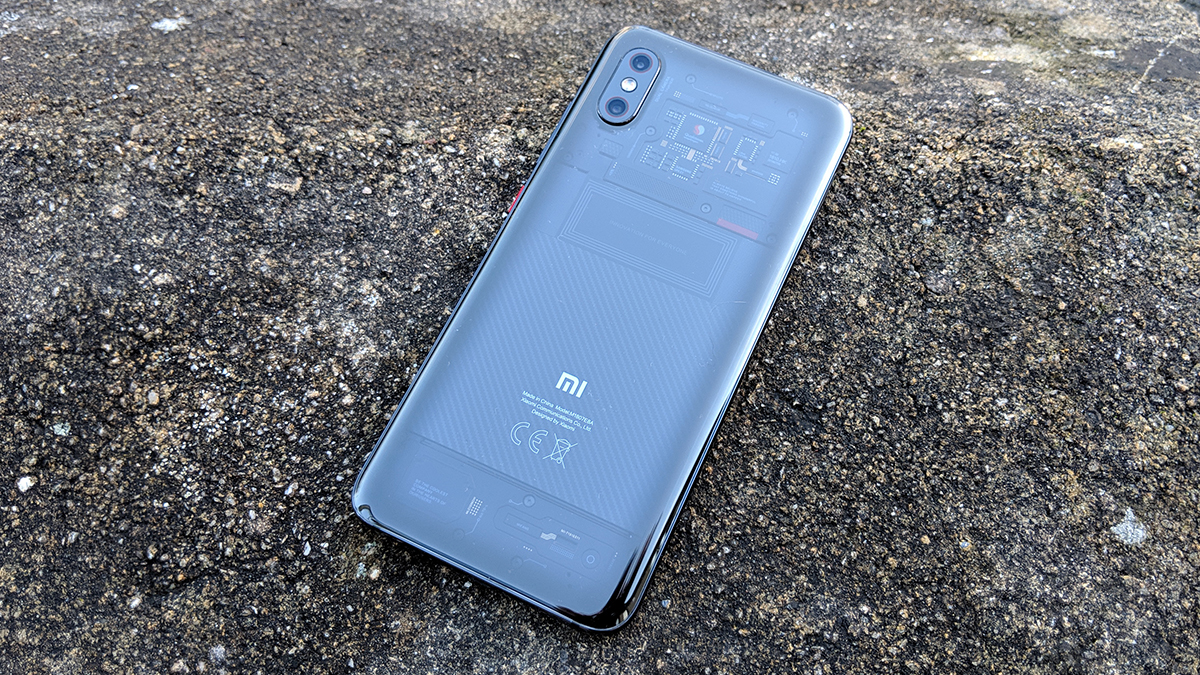
Xiaomi Mi 8 Pro
The Mi 8 Pro is Xiaomi's flagship offering in terms of the phones you can get in the UK right now. It's yours for £499 from a range of popular retailers, putting it substantially lower in price than the likes of the Galaxy S9 from Samsung. The phone is out and available to buy right now.
You can buy the phone SIM-free from Argos for five pence shy of £500, for example, or direct from Xiaomi for £499. The phone is available in black (with or without a transparent back) and gold.
Various contract deals can be found online: Mobile Phones Direct will sell you the Mi 8 Pro on Vodafone for £34 a month over two years, with no upfront cost. That gets you 4GB of data, unlimited calls, and unlimited texts.
Also available in the UK at the moment is the standard Xiaomi Mi 8. It costs slightly less, and the only real difference is that the Mi 8 Pro has an in-screen fingerprint sensor rather than one on the back. Everything else, from specs to display size, is the same.
Xiaomi Mi 8 Pro review: design and build quality
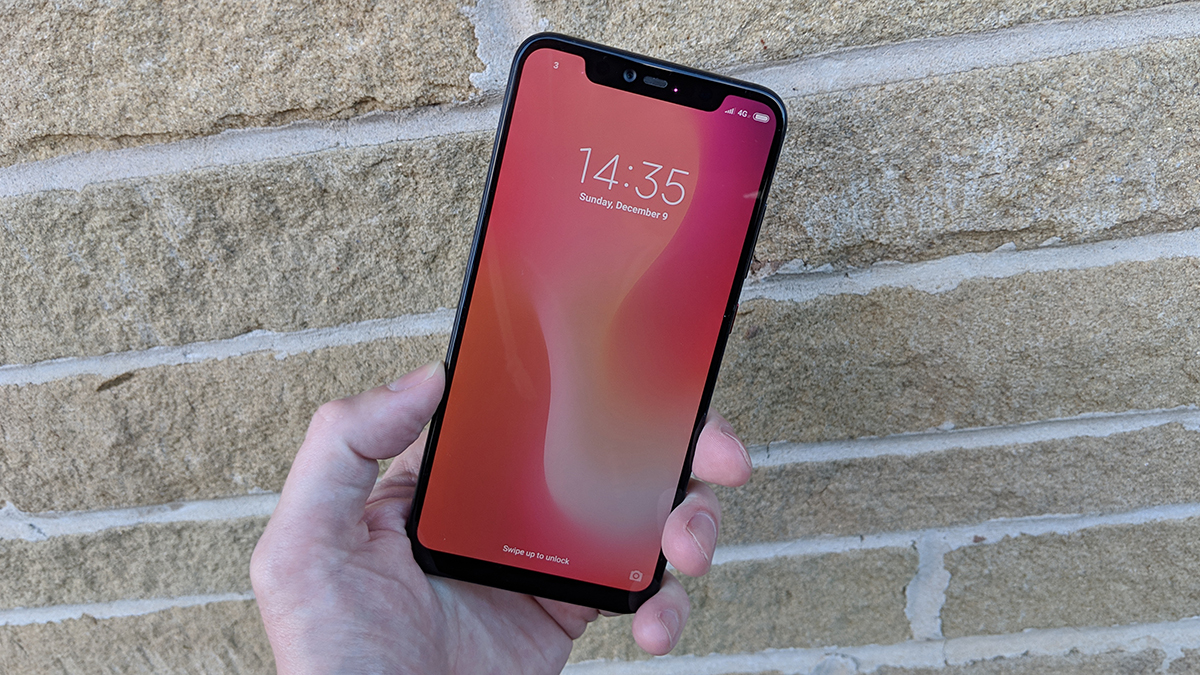
Xiaomi Mi 8 Pro
The design and build quality of the Xiaomi Mi 8 Pro is one of the areas we've been most impressed by with this phone. It feels comfortable and premium to hold – not quite on the level of a Galaxy or Pixel phone, but still very, very good. It looks like a phone that costs more than it does.
There are some concessions to its cheaper price point. The back is plastic rather than glass, and the phone does sport a bottom chin that's thicker than you might like. It's also a rather uninspired design from the front, with the notch on the display looking a lot like the notch on a certain line of phones made by Apple.
One of three colour choices, and the one we had for our review unit, has a semi-transparent back so you can see the internal workings of the phone. Only you can't really – you can just see some dummy bits of plastic made up to look like the processor and the memory and the other internal circuitry.
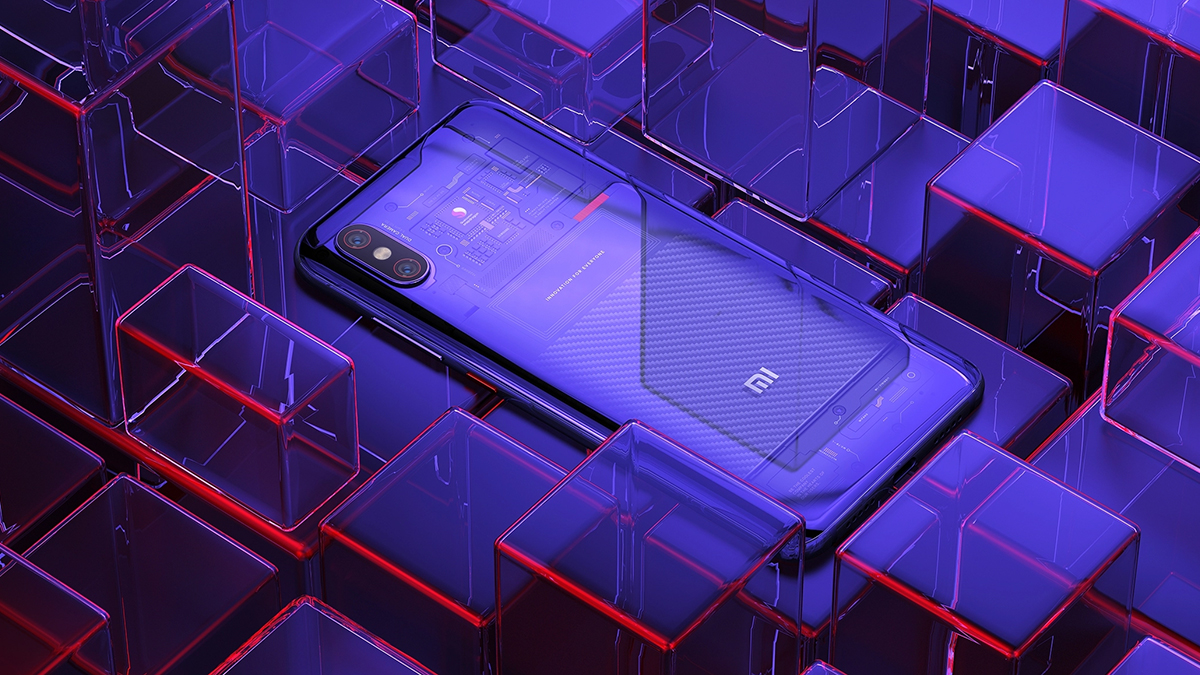
Xiaomi Mi 8 Pro
It's kind of gimmicky but we kind of like it – it certainly sets the Xiaomi Mi 8 Pro apart from other phones. Otherwise the device has a rather pleasing symmetry to it, with nicely rounded edges and a bright, vivid screen.
The camera bump around the back is tastefully done and there's no need for a fingerprint sensor on the back of the phone because it's built right into the front display. We're starting to see more and more handsets with this feature now, and it makes it much easier to unlock your handset.
It's a solid start for the Xiaomi Mi 8 Pro in the design department – this isn't the absolute best-looking phone out there, but nor is it one that you're going to be embarrassed to pull out in the company of your friends and family.
What you don't get is waterproofing and dustproofing, at least not officially. Like the OnePlus phones, the Xiaomi Mi 8 Pro doesn't have an IP rating assigned to it, so we can't tell you how it would survive a drop into water. What we can tell you is we used it during a particularly rainy day and it came away unaffected.
Xiaomi Mi 8 Pro review: screen, hardware, and performance
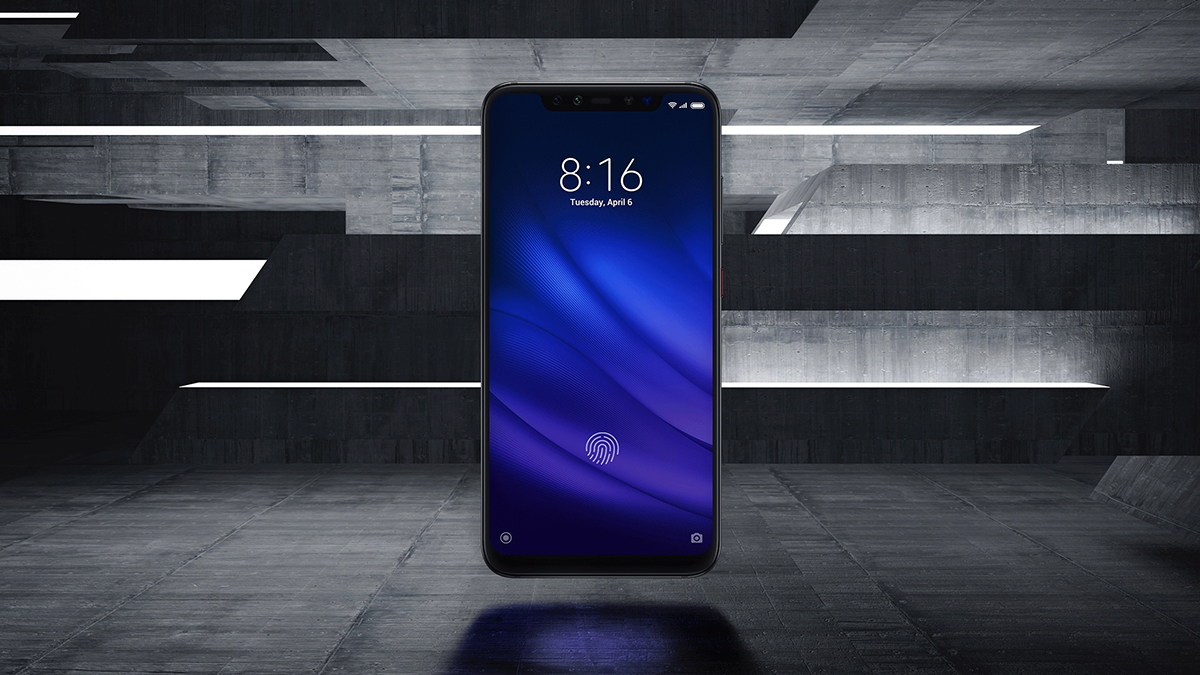
Xiaomi Mi 8 Pro
With a 6.21-inch screen, the Xiaomi Mi 8 Pro is somewhere in the middle of the pack when it comes to display size. Of course choosing a phone screen size is quite a personal choice – depending on your preferences and the size of your hands – but we found it perfectly fine to use either one or two-handed.
The display itself sticks to a 1080p resolution, which is another of those specs dialled down a little to keep the price of the phone as low as possible. More pixels would be nice, but you won't notice this too much: we found watching videos, browsing the web, flicking through photos and everything else looked just fine.
GeekBench 4 benchmark scores

Single-core: 2,321
Multi-core: 8,422
Compute score: 13,978
Battery score: 3,289
Colours are bright and clear, everything looks crisp and sharp, and even the little touches – like the way space is used around the notch – are done well. If you're not a fan of the notch, it can be hidden in the software settings (so you just get a black bar either side).
The screen attached to the Xiaomi Mi 8 Pro makes use of OLED rather than LCD technology, so you would expect it to shine in terms of colour brightness and contrast, and indeed it does. You can set the brightness to adjust automatically based on the ambient lighting conditions, but when it's at its maximum this is a display that really catches the eye (though battery life takes a hit if you're always ramping up the brightness).
You also get HDR10 support with the display, for the apps that offer it, so it's ticking a lot of boxes as far as the visuals go. Yes, screens from Samsung and Apple do just shade out the Xiaomi Mi 8 Pro one in terms of richness and quality, but it's not a huge gap.
As for the speed you can expect from the Xiaomi Mi 8 Pro, we've got no complaints. Apps and games opened up in a snap, and in general we didn't notice any lag or slowdown in menus or when switching between apps. There was the occasional stutter when the phone was under heavy load, but this is probably down to software glitches rather than any issue with the performance of the handset.
When it comes to GeekBench 4 scores (see the adjacent box out), the handset holds its own against the very best phones in the field, logging similar scores to other devices using the Snapdragon 845 (like the Google Pixel 3 XL).
It's one of the most powerful phones in the business as we reach the end of 2018, and that shows in its benchmarks and in our experience of using it. What downsides there are to the Xiaomi Mi 8 Pro aren't in the performance department.
Xiaomi Mi 8 Pro review: camera system
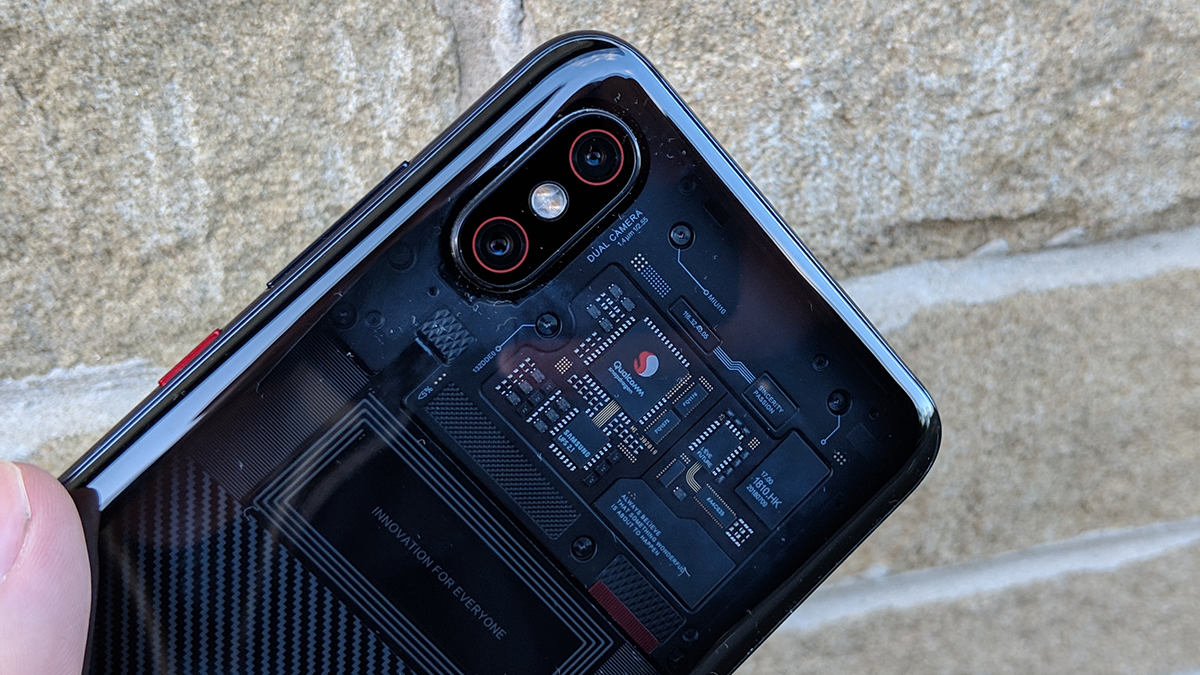
Xiaomi Mi 8 Pro
On paper there's a lot to like about the camera attached to the Xiaomi Mi 8 Pro, with a dual-lens 12MP+12MP setup, optical image stabilisation, and 2x optical zoom so you can get closer to your subjects without any loss of quality in the image. As is usual these days, there's also a bit of AI magic employed to automatically identify certain types of shot and tweak the camera settings accordingly.
In actual use, the camera is perfectly fine without being anything to get you particularly excited about. In a world where the Pixel 3 exists and Samsung and Apple continue to produce mobile cameras capable of stunning results, everyone else is playing catch-up – and that's true of the Mi 8 Pro too.
Colour reproduction is hard to fault and images come out clear and detailed, and that 2x optical zoom is a real bonus on a smartphone. We happily used the Xiaomi Mi 8 Pro to take all our photos for a weekend and weren't left disappointed.
The shutter speed does occasionally drag a few milliseconds too long however, and when light is at a premium the phone can struggle getting a decent shot. We did notice some noise creep into certain night shots, and camera shake can cause a problem too, but it's a sign of how far mobile photography has come that we have a few complaints about the Xiaomi Mi 8 Pro in the camera department – it's going to do you proud most of the time.
HDR support is included, as is standard these days, and does well at balancing dark and light areas of your snaps. If you just want something that's going to work well with a point and shoot approach then you'll come away happy, and the camera interface isn't cluttered up with an excessive number of filters or settings.
We've included a few snaps we took with the Xiaomi Mi 8 Pro below to underline the points we've mentioned. It carries a very good camera with it... just maybe not the best. And don't worry too much about the watermark, because you can remove it.

Xiaomi Mi 8 Pro sample
The Xiaomi Mi 8 Pro can take some great shots like this one: good colours, good balance (the field in the foreground was actually in quite a bit of shadow), and pictures that are going to be fine for social media and then some.

Xiaomi Mi 8 Pro sample
Again with the clock tower, everything is well-defined, with a minimal amount of noise and blurring. The dual-lens camera setup on the phone means that if the light is at least decent, you'll get some winning shots.

Xiaomi Mi 8 Pro sample
Speaking of that dual-lens setup, it also enables a 2x optical zoom feature, which is really handy for getting closer to the action when needed. It works pretty well here, though isn't as effective when the available light goes down.

Xiaomi Mi 8 Pro sample
Close-ups pose absolutely no problem for the Xiaomi Mi 8 Pro camera – look how the details and the colours are picked out on this shot of some flowers, even when there's a contrast between shadow and light to deal with.
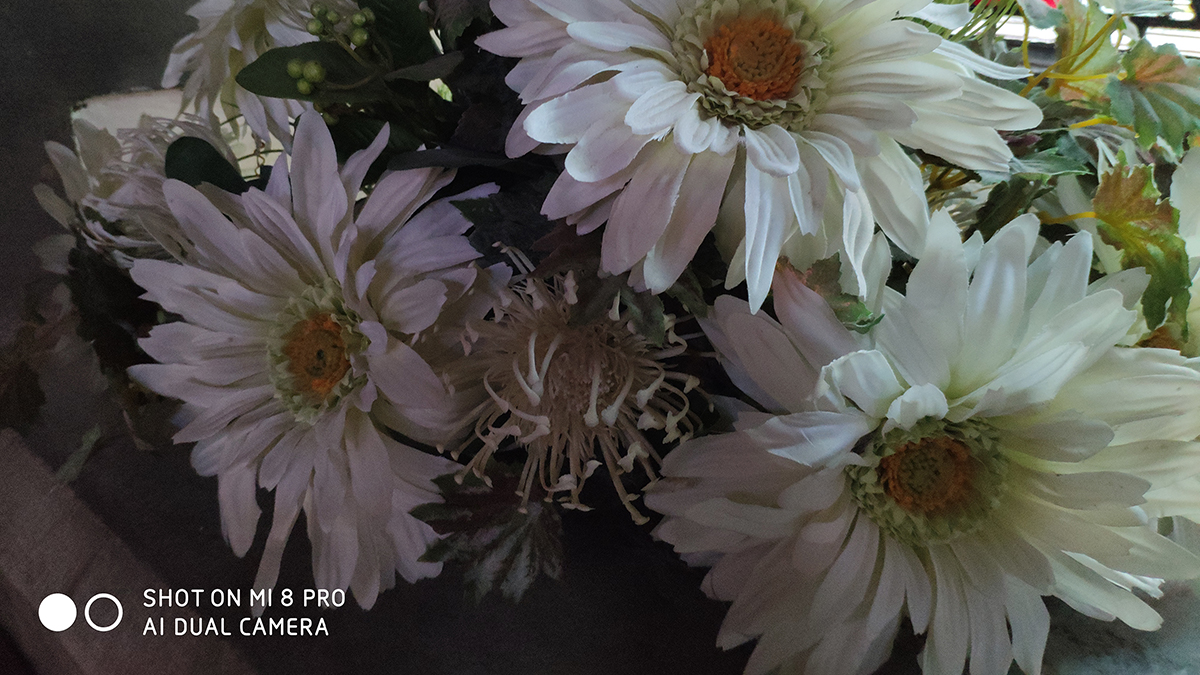
Xiaomi Mi 8 Pro sample
It's when we get inside with less light that more noise can creep in, but we think the phone still does a respectable job. There wasn't much light available for this picture, but you can still see the details of the flowers clearly.
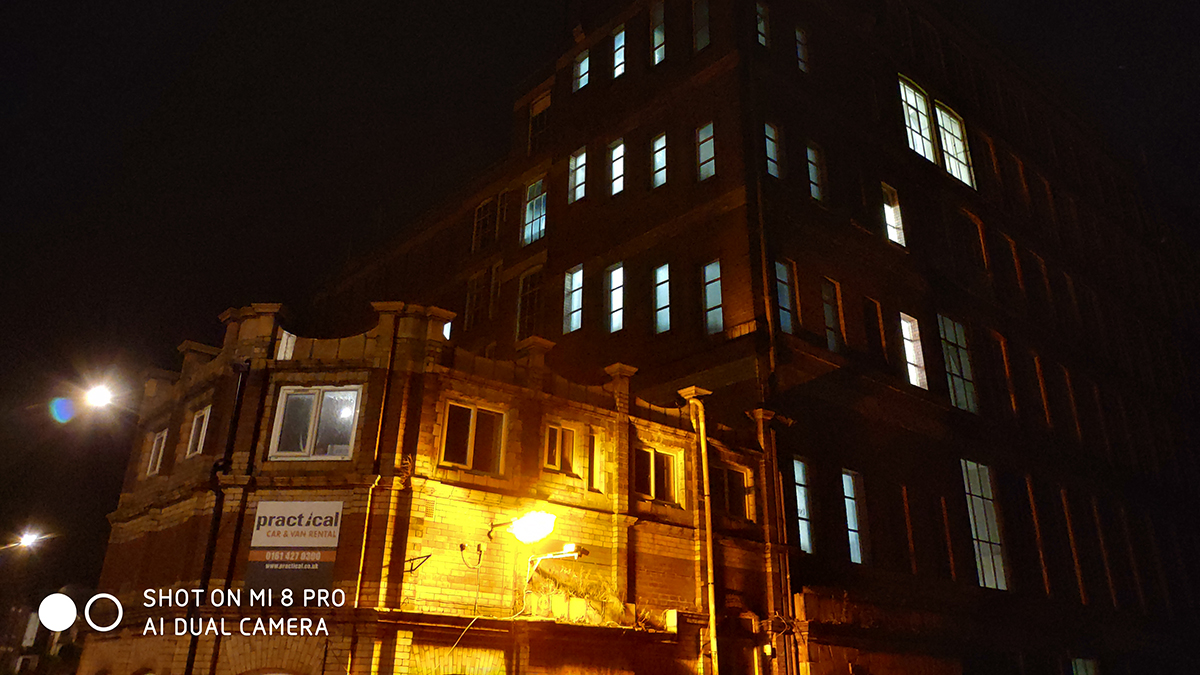
Xiaomi Mi 8 Pro sample
This is a very tricky shot to take, with almost no natural light and little spots of artificial light. The Xiaomi Mi 8 Pro still pulls out a photo that's usable. The Pixel 3 XL we previously tested did better here, but not by a huge margin.
Xiaomi Mi 8 Pro review: battery and audio
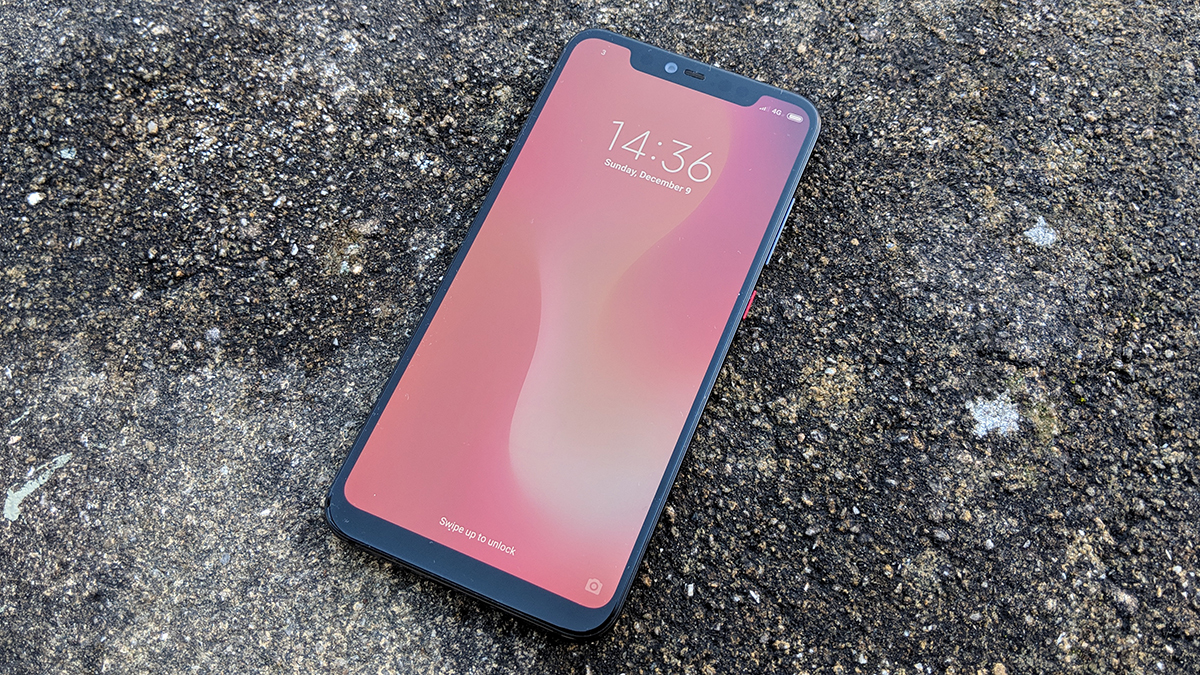
Xiaomi Mi 8 Pro
The Xiaomi Mi 8 Pro comes packing a respectable 3,000 mAh battery inside, but of course battery life is about more than the size of the battery – it's about how efficiently it's used. During our time with the phone it hit the usual standard of a day's use but this isn't a handset that's going to break any battery life records.
Without putting the phone through a very demanding day we were usually left with a good third of battery left by the late evening, though bearing in mind that this is a new handset, and we didn't often stress the battery with games, videos, or GPS demands, you may well get left with less on your own Xiaomi Mi 8 Pro. If you're one of those people on your phone all day then you might need a recharge to make it to bedtime.
You don't get any form of wireless charging – as we keep saying, these cheaper flagships do come with a few caveats attached – so that's something to consider if you really value the convenience of being able to put your phone down on a mat. Most people are probably still happy enough to plug their phones in each night, but it's worth noting.
As for audio, the Xiaomi Mi 8 Pro comes rocking just a single speaker at the bottom (though it has two speaker grilles for symmetry's sake). It's loud and clear enough for you to enjoy podcasts, Netflix, and even music at a push – though you really wouldn't want to use it as a jukebox for long.
There's no headphone jack here, but you do get a USB-C adapter in the box if you want to hook up your existing wired headphones. Xiaomi doesn't bundle any headphones in the box though, which is a shame.
Xiaomi Mi 8 Pro review: software, security, and OS
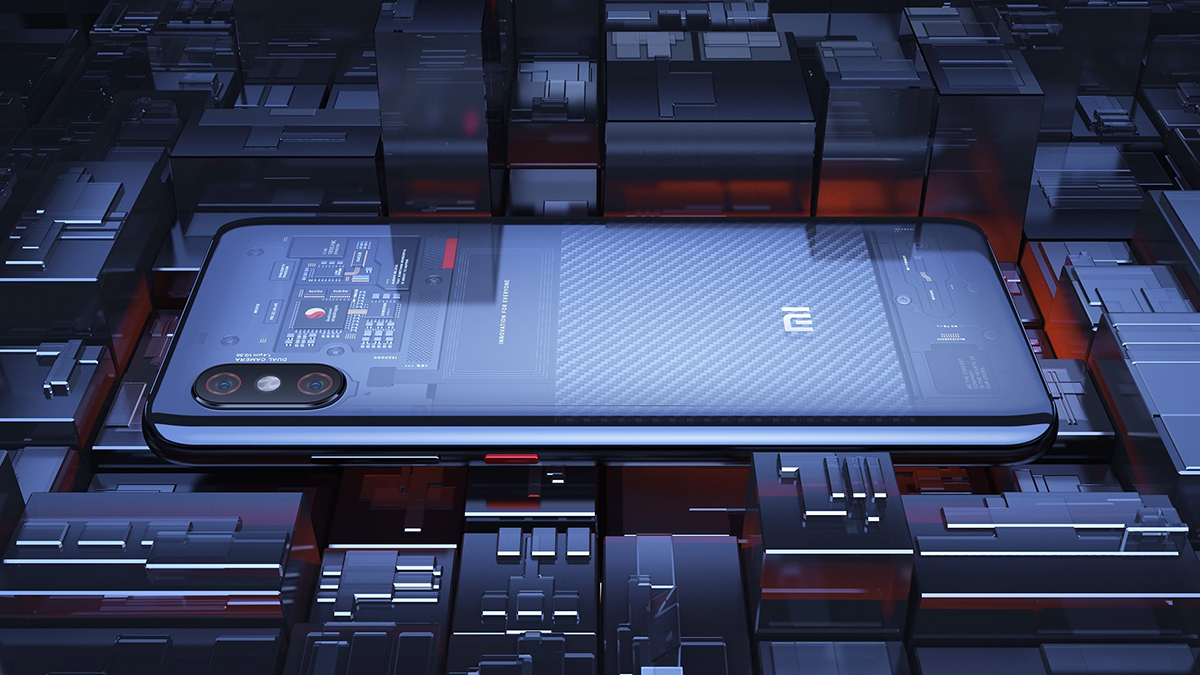
Xiaomi Mi 8 Pro
In terms of going with an unknown Chinese brand rather than a more well-known name, this is one of the areas where you might have concerns – but we're pleased to report that Xiaomi's take on Android actually isn't all that bad. Like several phone makers from Asia (see also Huawei), there are a lot of visual flourishes that you might not particularly care for, but a lot of them can be customised or turned off.
Xiaomi calls its take on Android MIUI, and the software you get with the Mi 8 Pro is based on Android 8.1 Oreo. Quite how long you'll have to wait to get the benefits of Android 9 Pie remains to be seen, but we'd suggest this isn't the phone to get if you're eager to get the latest Android updates as quickly as you can.
You don't get an app drawer by default, so shortcuts to all your apps have to be on the home screens (though you can group them into folders). Thankfully the MIUI OS makes it easy to switch to other third-party launchers so you can easily change up this aspect of the interface if you don't like it.
Otherwise the visuals are very well done and easy on the eye, from the bundled weather widget icons to the text used in the menus. As we've alluded to, you get plenty of customisation options sprinkled around the software, if you want to spend a good chunk of time making sure every pixel is to your liking.
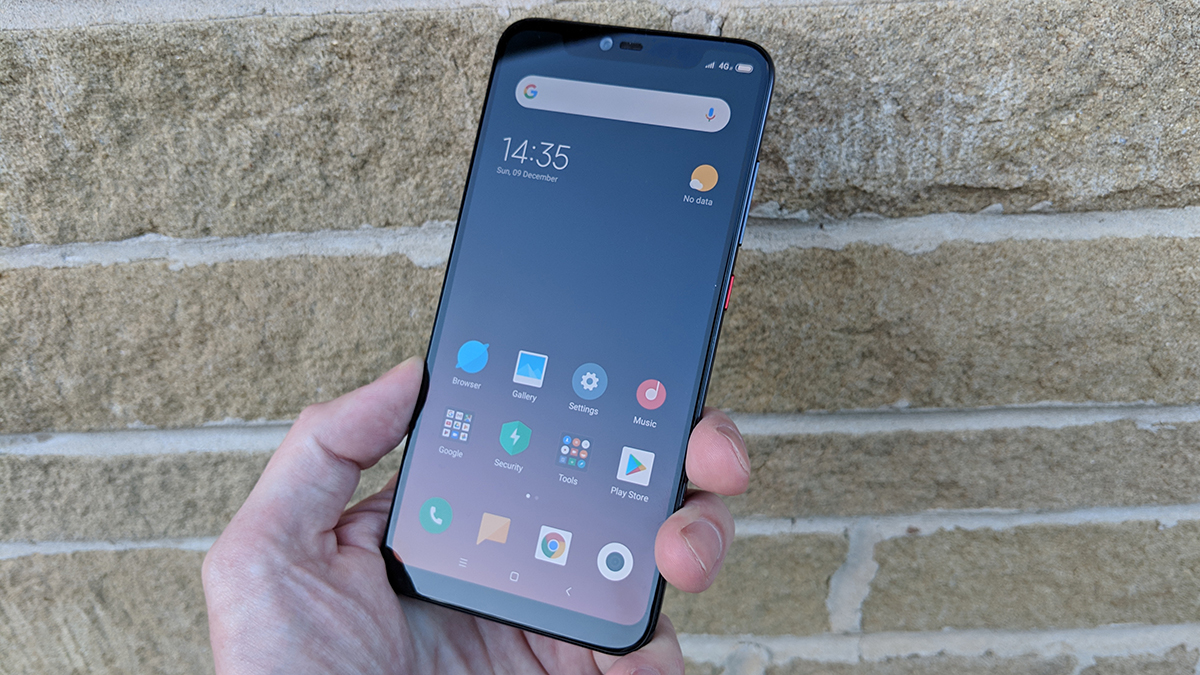
Xiaomi Mi 8 Pro
Xiaomi likes to bundle plenty of its own apps (for messaging, photos and so on) on its phones, and will try to get you to register for yet another cloud syncing service (run by Xiaomi itself) – that might irk some users but these apps and services are easy enough to avoid and you can quickly get all the default Google apps installed instead.
We've already mentioned the in-screen fingerprint sensor and we were impressed with how quickly it works and how convenient it is. There's the briefest of pauses while your fingerprint is recognised and we didn't have any problems with our digits not being identified correctly – though other reports suggest the tech can struggle occasionally with wet or cold fingers.
What's undeniable is how cool it looks to have a fingerprint sensor icon suddenly float up on the display. This is undoubtedly where the industry is heading, and the technology is only going to get faster and more accurate over time. Whether Apple joins the party by reintroducing Touch ID remains to be seen though.
Face unlock is available as an option, as usual on Android, but it doesn't have the detailed scanning of Apple's Face ID and isn't quite as reliable or as secure. Fingerprints or a PIN code (or both) are probably the way to go when it comes to securing the lock screen on the Xiaomi Mi 8 Pro.
While the software experience is one of the least impressive parts of the Xiaomi Mi 8 Pro experience, it still does the job and has some nice touches. If you really don't like it, you can load up another launcher instead.
Xiaomi Mi 8 Pro review: verdict
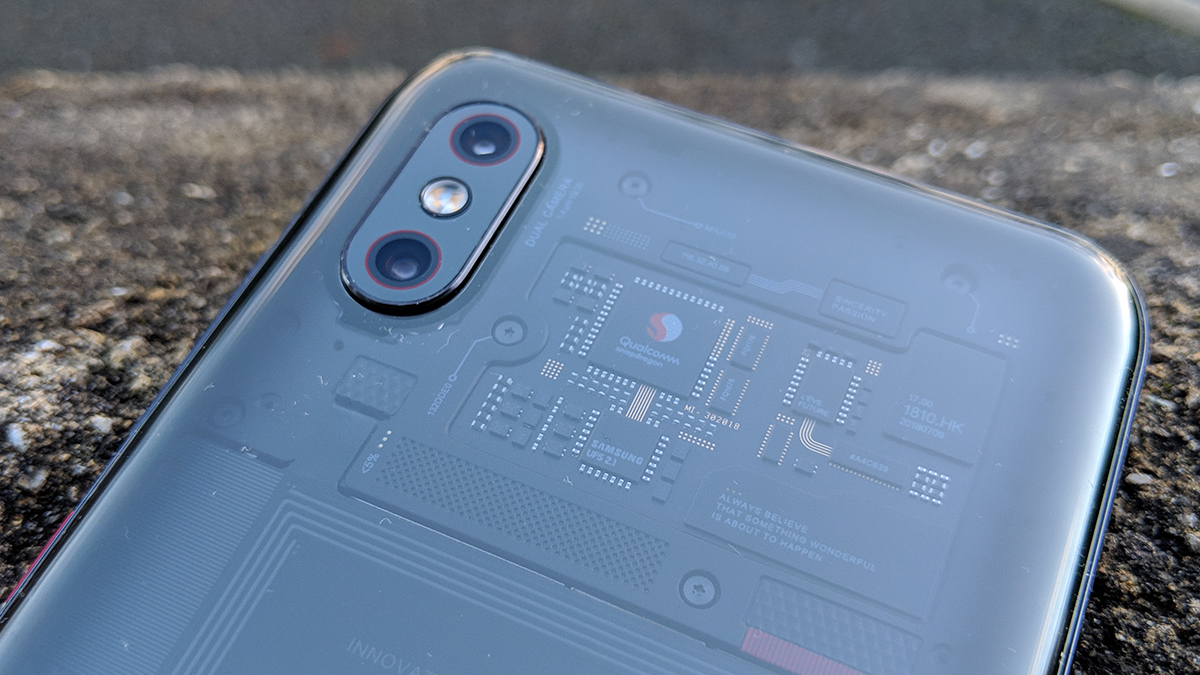
Xiaomi Mi 8 Pro
The Xiaomi Mi 8 Pro is more than a solid debut for Xiaomi in the UK – it's a very good phone and definitely worth considering for anyone looking for value for money. It doesn't quite hit the level of a Pixel or a Galaxy or an iPhone, but it costs a lot less.
You certainly won't have any complaints when it comes to the power and the performance under the hood here – it'll deal with everything you can throw at it and then some. We also like the design and build quality of the Mi 8 Pro, and the transparent backing is a conversation starter if nothing else.
The phone comes equipped with a perfectly decent camera that won't let you down, and while the MIUI interface that Xiaomi slaps on top of Android has its weaknesses, it's not quite as bad as you might have feared going in.
What you don't get are the bonuses like wireless charging and waterproofing as Xiaomi looks to keep costs down. In this respect the Xiaomi phone is very evenly matched with the OnePlus handsets and the cheaper Huawei models.
Should you choose the Xiaomi Mi 8 Pro over a OnePlus or a Huawei? It's a very tough call and there's no obvious answer. It really comes down to the prices you can find online and which phone design you like the look of best.
Sign up to the T3 newsletter for smarter living straight to your inbox
Get all the latest news, reviews, deals and buying guides on gorgeous tech, home and active products from the T3 experts
Dave has over 20 years' experience in the tech journalism industry, covering hardware and software across mobile, computing, smart home, home entertainment, wearables, gaming and the web – you can find his writing online, in print, and even in the occasional scientific paper, across major tech titles like T3, TechRadar, Gizmodo and Wired. Outside of work, he enjoys long walks in the countryside, skiing down mountains, watching football matches (as long as his team is winning) and keeping up with the latest movies.
-
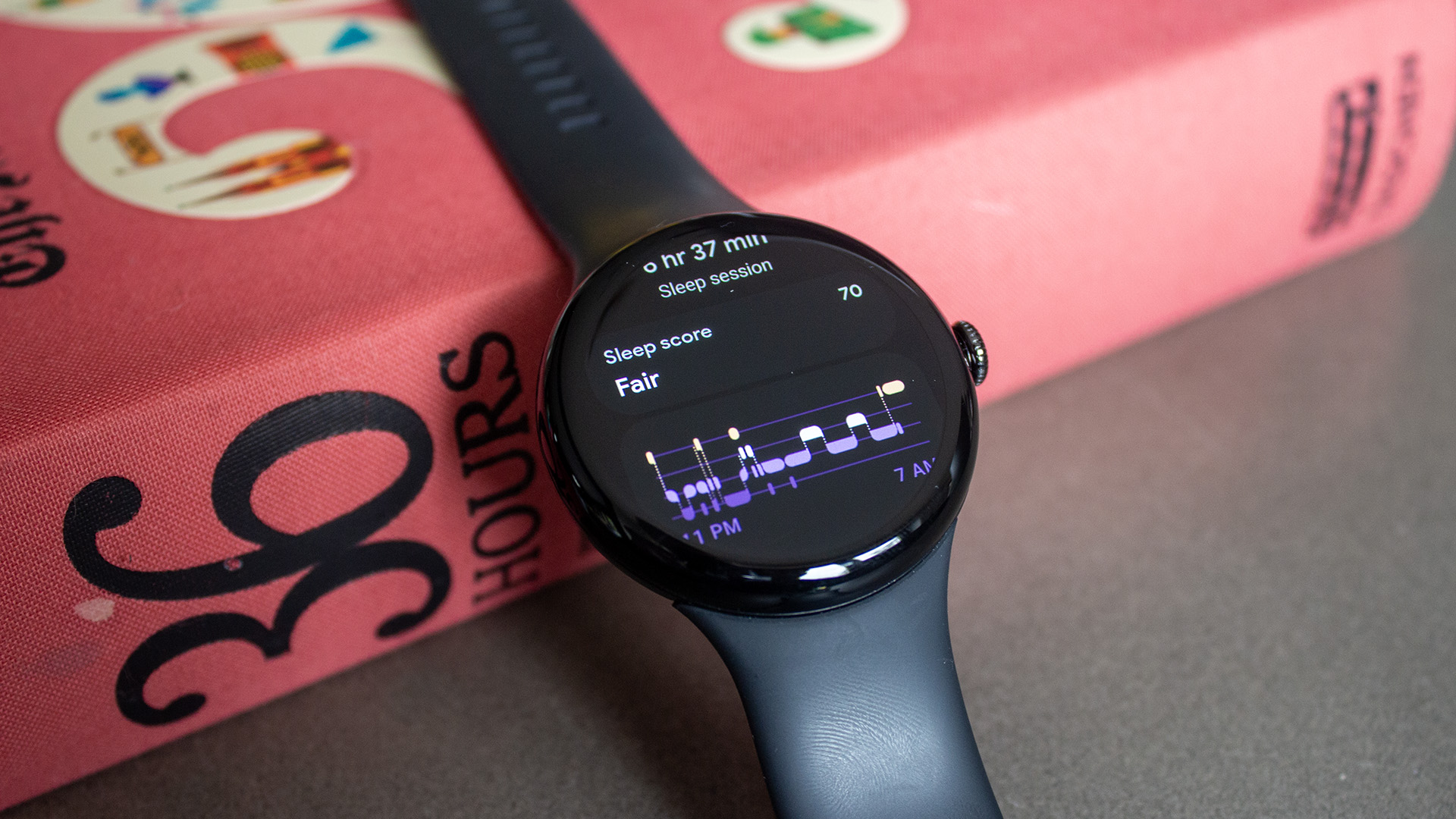 Google Pixel Watch 3 just got a potentially life-saving update in the US
Google Pixel Watch 3 just got a potentially life-saving update in the USThe latest update brings advanced heart monitoring to American wrists
By Matt Kollat Published
-
 Polar’s new subscription feature lands in the shadow of Garmin’s Connect+ rollout
Polar’s new subscription feature lands in the shadow of Garmin’s Connect+ rolloutPR genius or timing disaster? Polar’s new Fitness Programme adds adaptive training to its ecosystem
By Matt Kollat Published
-
 New Orient Star watches offer a glimpse of the magic within
New Orient Star watches offer a glimpse of the magic withinThere are two new skeleton pieces
By Sam Cross Published